My little group got split up in Red Rock. Luckily we are all independent women who were not at all thrown by our variations in hiking speeds. So while we pondered where the more experienced, and I'll say it, better hiker of the group was off to, the slower two (otherwise known as the Jessica's) took to the Keystone Thrust.
First, the geology lesson: a thrust is a fault in which the rocks on the upper side of an inclined fault plane have been displaced upwards, usually by compression, or in other words a reverse fault. It is pretty amazing what our planet is capable of. What this means for the Keystone Thrust is that the red stripe of rock (or strata) seen in my photos is the youngest rock in these hills, yet it is not at the top. So much for common sense.
But as much as I like a nice rock story, my heart is with the critters. And every time I head out to "the nature" I like to make a wildlife proclamation. I'd say I hit about 50% of my proclamations. For this trip my proclamation was that I would see a sidewinder (snake) and a bighorn sheep. I failed on the sidewinder, though I'm convinced I saw their tracks in the sand at the Dunes. My regular readers may recall that I saw a bighorn sheep at the Valley of Fire. In that blog entry I mentioned that this guy was super tame and could care less that he was on the edge of the main road. Now, I'll still count that as my wildlife sighting -- the only way I'd have discounted it is if someone had a leash on that sheep -- but in my heart I knew this wasn't really seeing a bighorn sheep in his element.
So imagine my excitement as we trudged up the slight incline when three bighorn sheep were sighted. And not just sighted, but my heart jumped into my throat for a second as I thought they might be running, or rather charging, straight at me. Luckily they just crossed the path and kept heading up hill. In fact, now that I'm looking at the photos, they could not have been that close, but at the time I was concerned. Frankly, I love wildlife enough to be slightly afraid of it. And look at these guys' horns.

Their horns can weigh up to 30 pounds and the animal can weigh up to 200 pounds. My photo is of a small bachelor herd. Bighorn sheep, now considered native to North America, originally are thought to have come here by traveling across the Bering Straight from Siberia. Isn't evolution amazing; these guys were originally built for Siberian winters and now they live in the low and high dessert. These are the dessert bighorn sheep. And although this is possibly the healthiest subspecies of bighorn in North America, they are still a shadow of their former populations. Pre-Colombian numbers are estimated to be between 1.5-2 million for all subspecies. Today (or rather in 1993) that estimate was 19,000. The good news is that this is an increase from the 1963 figure (between 15, 000-18,000). And what do we owe this increase to you might ask? Conservation and habitat protection my friends. Don't tell me that government isn't good for anything.
I'm sorry to get slightly political here, but in an election year when candidates decry spending on everything I hold dear, it is hard to not take it personally. And when you see how beautiful this country is and how much we have to be proud of, you have to question why we would argue over protecting it. We live in a beautiful country, let's keep it that way.
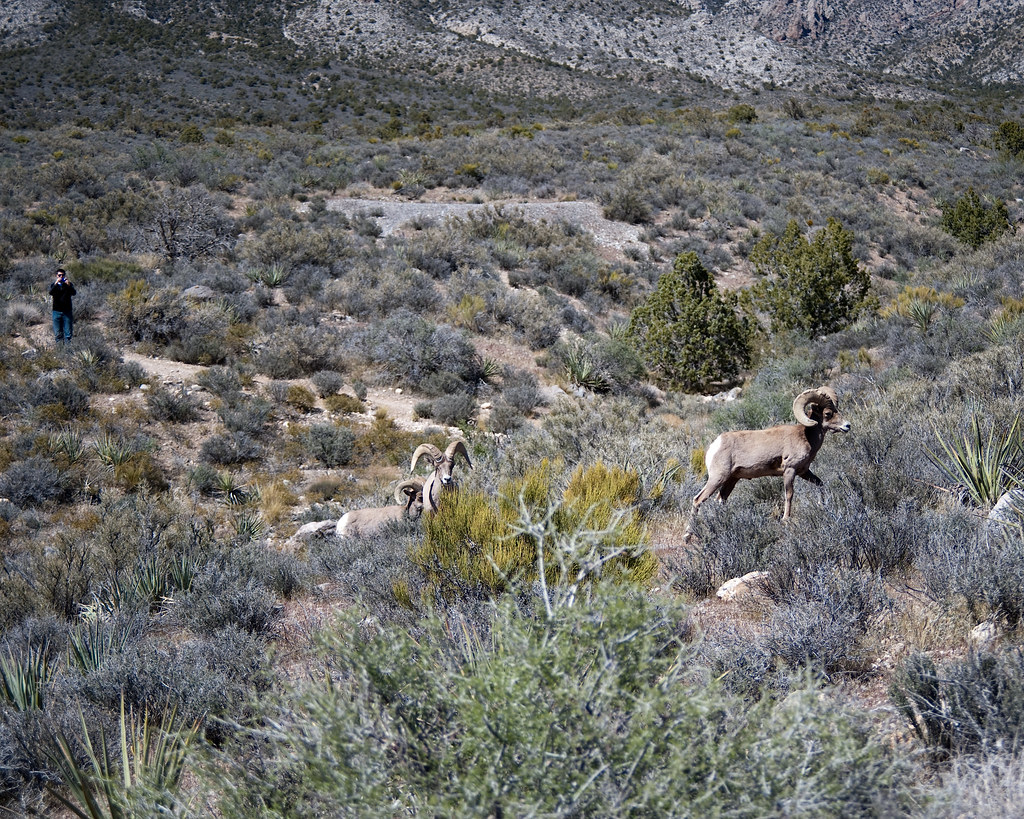


First, the geology lesson: a thrust is a fault in which the rocks on the upper side of an inclined fault plane have been displaced upwards, usually by compression, or in other words a reverse fault. It is pretty amazing what our planet is capable of. What this means for the Keystone Thrust is that the red stripe of rock (or strata) seen in my photos is the youngest rock in these hills, yet it is not at the top. So much for common sense.
But as much as I like a nice rock story, my heart is with the critters. And every time I head out to "the nature" I like to make a wildlife proclamation. I'd say I hit about 50% of my proclamations. For this trip my proclamation was that I would see a sidewinder (snake) and a bighorn sheep. I failed on the sidewinder, though I'm convinced I saw their tracks in the sand at the Dunes. My regular readers may recall that I saw a bighorn sheep at the Valley of Fire. In that blog entry I mentioned that this guy was super tame and could care less that he was on the edge of the main road. Now, I'll still count that as my wildlife sighting -- the only way I'd have discounted it is if someone had a leash on that sheep -- but in my heart I knew this wasn't really seeing a bighorn sheep in his element.
So imagine my excitement as we trudged up the slight incline when three bighorn sheep were sighted. And not just sighted, but my heart jumped into my throat for a second as I thought they might be running, or rather charging, straight at me. Luckily they just crossed the path and kept heading up hill. In fact, now that I'm looking at the photos, they could not have been that close, but at the time I was concerned. Frankly, I love wildlife enough to be slightly afraid of it. And look at these guys' horns.

Their horns can weigh up to 30 pounds and the animal can weigh up to 200 pounds. My photo is of a small bachelor herd. Bighorn sheep, now considered native to North America, originally are thought to have come here by traveling across the Bering Straight from Siberia. Isn't evolution amazing; these guys were originally built for Siberian winters and now they live in the low and high dessert. These are the dessert bighorn sheep. And although this is possibly the healthiest subspecies of bighorn in North America, they are still a shadow of their former populations. Pre-Colombian numbers are estimated to be between 1.5-2 million for all subspecies. Today (or rather in 1993) that estimate was 19,000. The good news is that this is an increase from the 1963 figure (between 15, 000-18,000). And what do we owe this increase to you might ask? Conservation and habitat protection my friends. Don't tell me that government isn't good for anything.
I'm sorry to get slightly political here, but in an election year when candidates decry spending on everything I hold dear, it is hard to not take it personally. And when you see how beautiful this country is and how much we have to be proud of, you have to question why we would argue over protecting it. We live in a beautiful country, let's keep it that way.



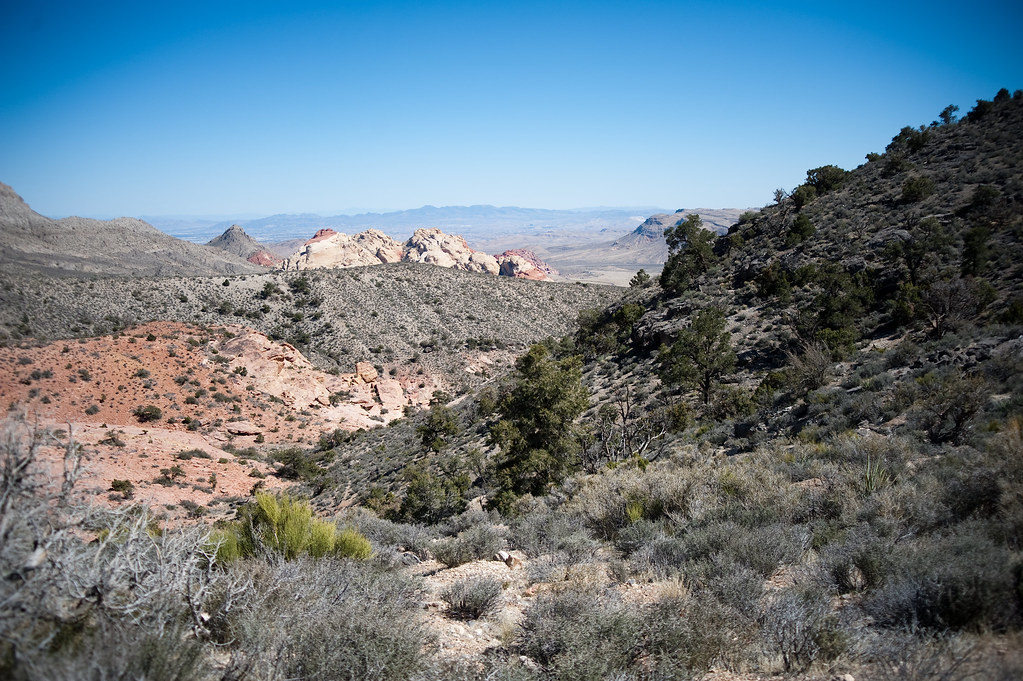

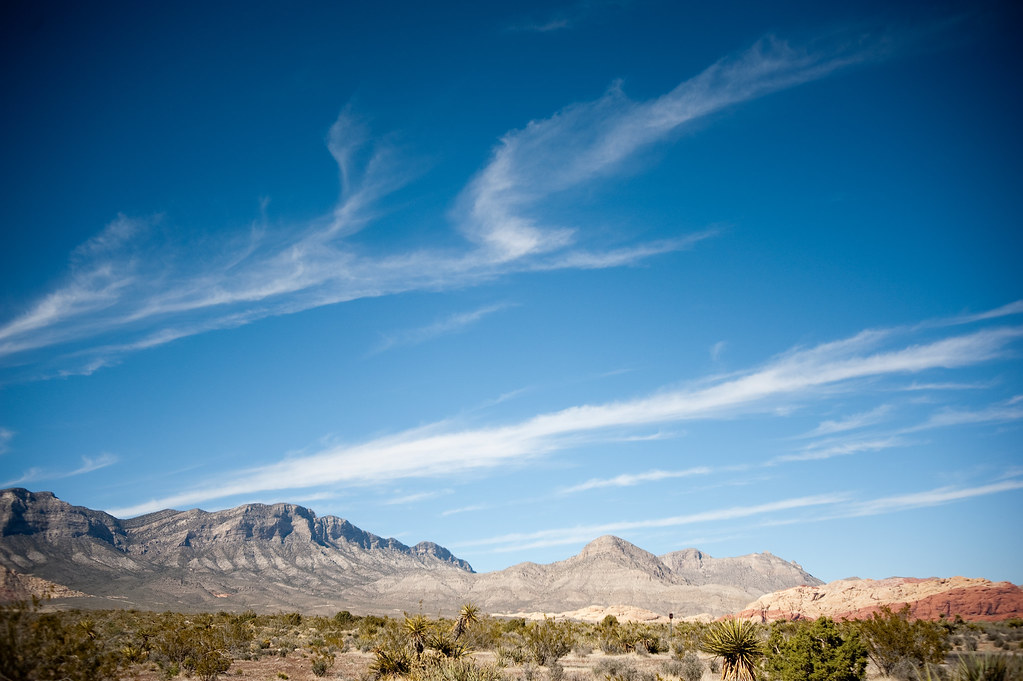
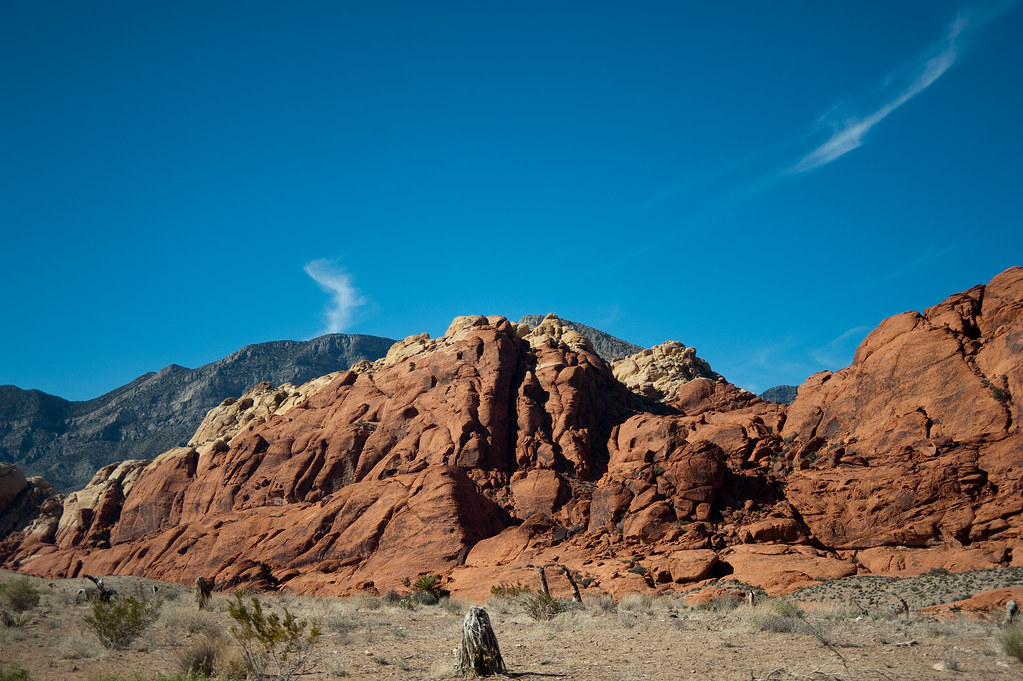
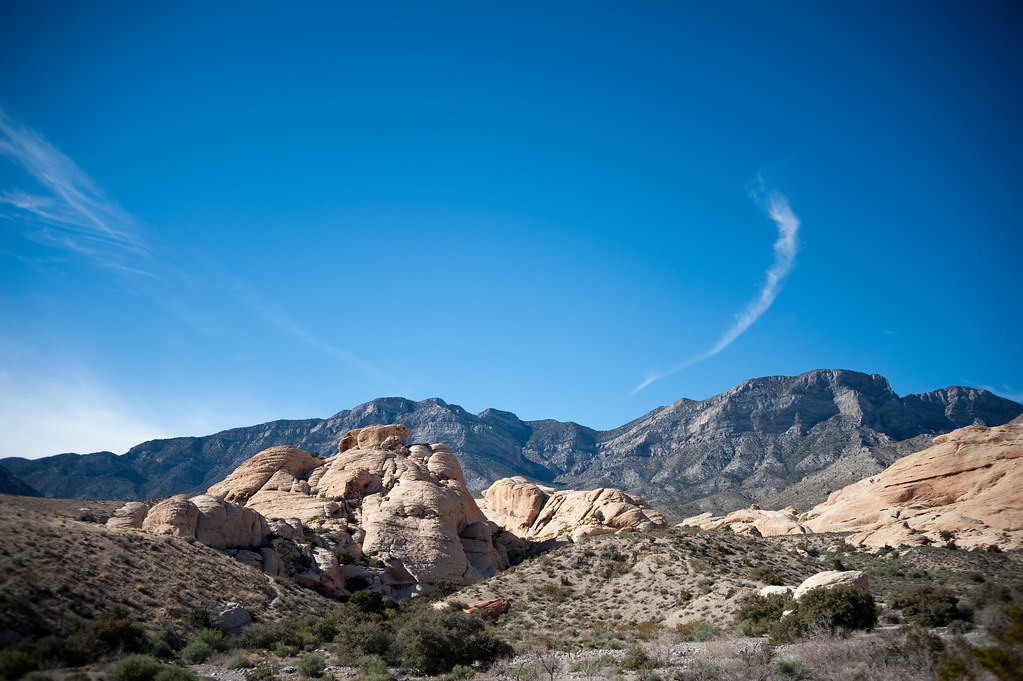
No comments:
Post a Comment